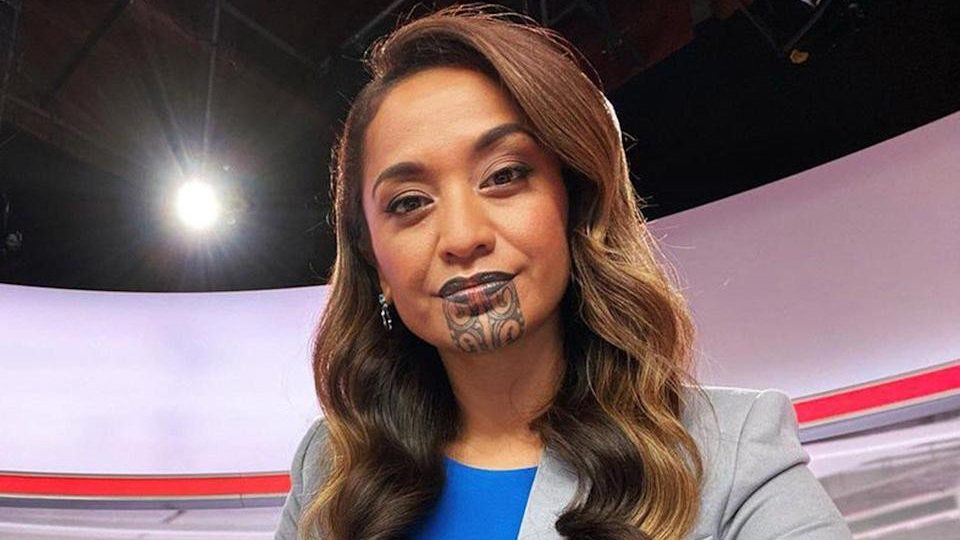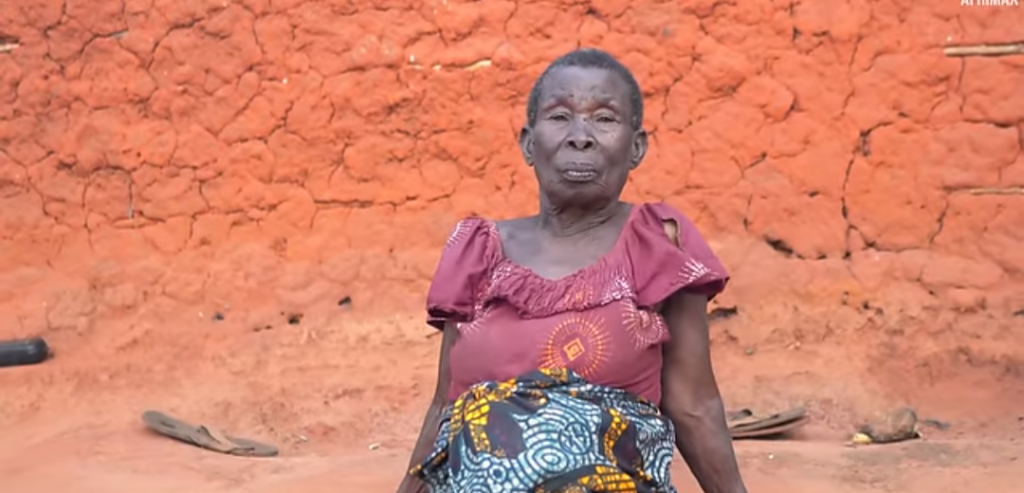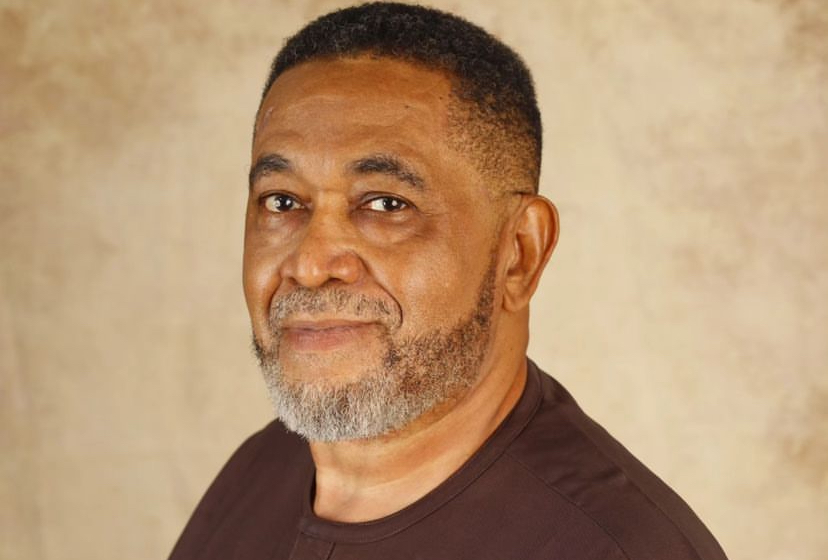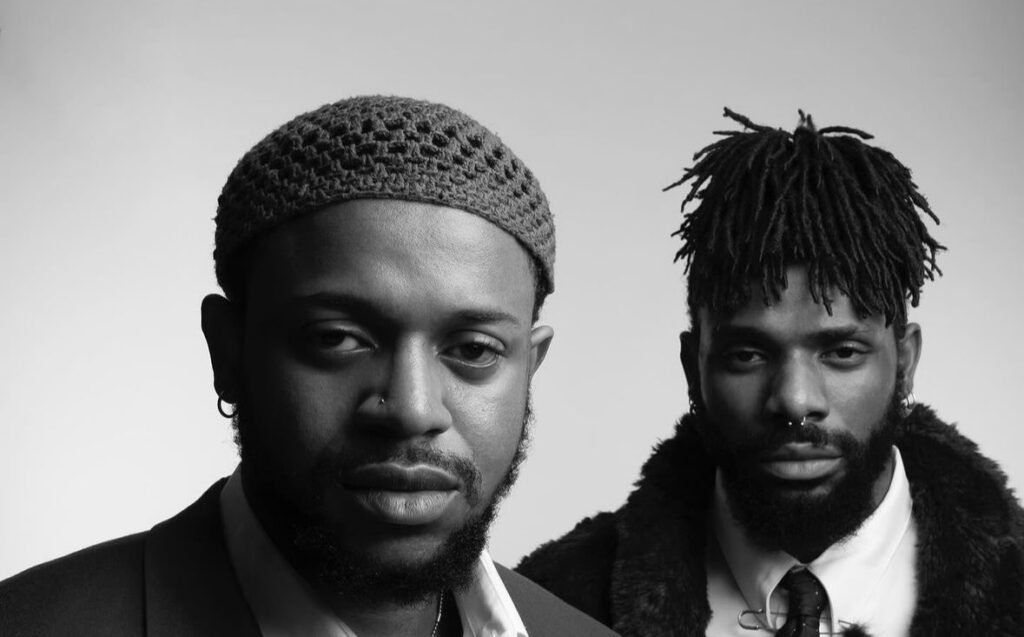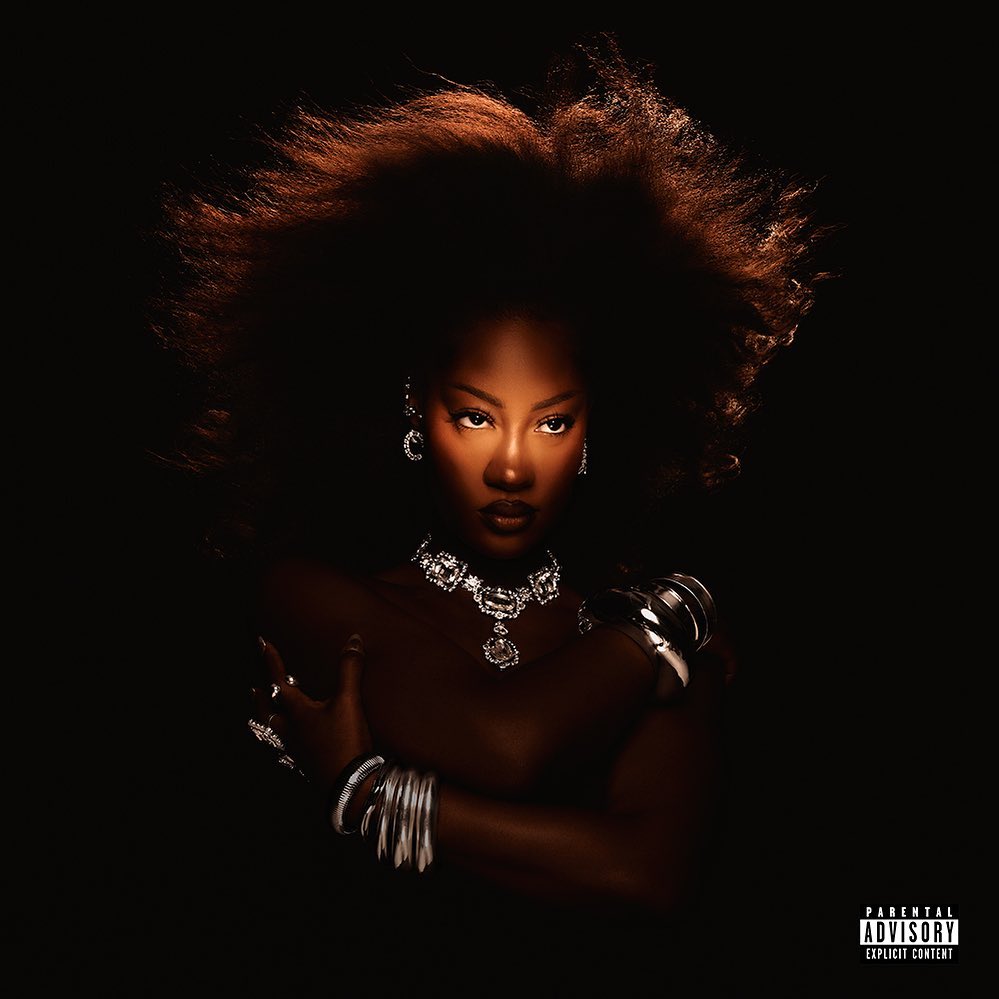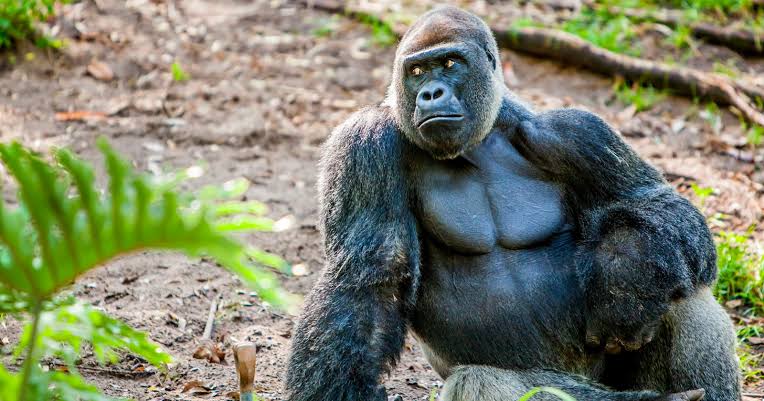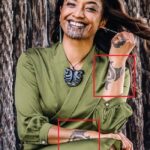
Oriini Kaipara, a New Zealand journalist, has made history by becoming the first person with a visible facial tattoo to host primetime news on national television.
The journalist made headlines worldwide after hosting her first 6 p.m. bulletin for Newshub on the TV channel Three, with traditional facial markings.
She was praised for her representation of the Māori people. Talking to CNN Oriini Kaipara said
“I was really elated. I was over the moon,” Kaipara told CNN of the moment she found out she would cover the primetime slot. “It’s a huge honor. I don’t know how to deal with the emotions.”
The 38-year-old is the permanent anchor of the 4:30 p.m. “Newshub Live” bulletin, and formerly made history in 2019 while working at TVNZ, becoming the first person with Māori facial markings to present a conventional TV news program.
Among the tradition of the Māori people of New Zealand, facial markings are customarily tattooed on the chin for women and is known as “moko kauae”, while that for men is known as “mataora” that covers most of the face.
Kaipara got her “moko” in January 2019, which she says was a personal decision she made for grounding reasons, to remind her of her power and identity as a Māori woman.
“When I doubt myself, and I see my reflection in the mirror, I’m not just looking at myself,” Kaipara told CNN. “I’m looking at my grandmother and my mother, and my daughters, and hers to come after me, as well as all the other women, Māori girls out there and it empowers me.”
Kaipara started her career in 2005, Kaipara explained that hosting the primetime news was the “pinnacle” of her journalistic dreams, although it was a “bittersweet moment” because her mother, who recently passed away, could not share the moment with her.
With the wave of applause has also come negative reactions to Kaipara’s presentation especially as she often uses Māori phrases such as “E haere ake nei” (still to come), “Ū tonu mai” (stay with us) and “Taihoa e haere” (don’t go just yet).
Māori language is hugely important to Kaipara and her prime goal, she explained, is to encourage people to speak the language that was “beaten out of my grandmother’s generation” and reclaim it for Māori people.
“We still haven’t addressed a lot of intergenerational traumas and colonization and for Maori, that’s very, very pertinent and poignant as well,” Kaipara said. “Not much in terms of race relations here has changed in a very long time.”
However, the “enormity” of the occasion was not lost on her and in many ways it was a full circle moment for Kaipara, who was inspired by Māori TV news presenter Tini Molyneux when she was a young girl.
“She was my idol,” Kaipara told CNN. “She had the same skin color as me… she sounded like me, she looked like me. And she comes from where I come from originally, my family, whakapapa (ancestors), where ancestral ties are to our land.”
The journalists hopes young Māori girls will be inspired from her actions as a sign that times are changing.
“For a long time our people, our ancestors, our tipuna, and us now, have done so much work to get to where we are,” Kaipara told CNN. “As a young woman, as a young Māori, what you do today influences and affects what happens tomorrow. So all I ask is that they see the beauty in being Māori and they embrace it and acknowledge that and do what they can with it for positive change.”

